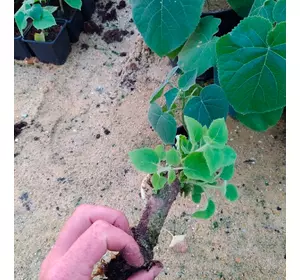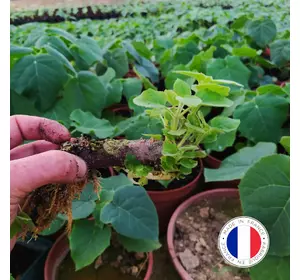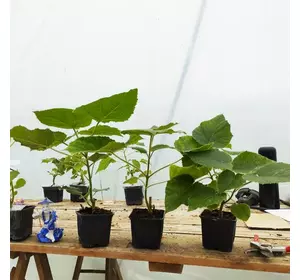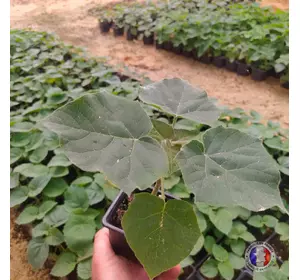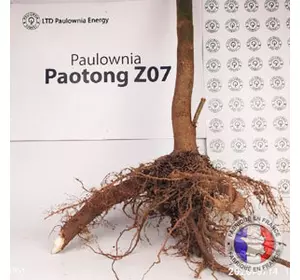Paramètres d'analyse du sol avant la plantation Paulownia
For successful Paulownia planting, certain soil parameters are crucial to ensure that the environment is conducive for the trees to thrive. The important indicators for soil analysis before planting Paulownia include:
- pH Level: Paulownia prefers slightly acidic to neutral soil, with an optimal pH range of 5.5 to 7.5. The pH level affects nutrient availability and soil biology, essential for Paulownia's growth.
- Soil Texture: The soil should be well-drained with a loamy texture. Sandy loam to loam soils are ideal, as they provide adequate drainage and retain sufficient moisture. Heavy clay or very sandy soils may require amendments to improve structure and fertility.
- Nutrient Content: Key nutrients include nitrogen (N), phosphorus (P), and potassium (K), which support the growth, development, and overall health of Paulownia trees. A soil test should measure the levels of these macronutrients, along with secondary nutrients such as calcium (Ca), magnesium (Mg), and sulfur (S).
- Organic Matter: High organic matter content improves soil structure, moisture retention, and nutrient availability. It also supports a healthy soil microbial community, which is beneficial for Paulownia growth.
- Electrical Conductivity (EC): This measures the soil's salinity level. Paulownia is moderately tolerant to salinity, but excessive levels can inhibit growth by affecting the plant's ability to uptake water and nutrients.
- Cation Exchange Capacity (CEC): CEC is an indicator of the soil's ability to hold and exchange nutrients. Soils with higher CEC can store more nutrients and make them available to plants over time.
- Presence of Heavy Metals and Other Contaminants: It's essential to ensure the soil is free from toxic levels of heavy metals or other contaminants that could impair plant growth or lead to health issues if the wood or leaves are used for products intended for human use or consumption.
- Water Holding Capacity: While Paulownia trees are drought-resistant once established, young plants need sufficient moisture. The soil's water-holding capacity can influence irrigation practices and the success of young plantations.
- Drainage: Adequate drainage is crucial to prevent waterlogging, which Paulownia trees are sensitive to. Poorly drained soils may need modifications or the selection of planting sites with natural slope for better water movement.
Understanding these soil parameters through a comprehensive soil analysis helps in making informed decisions regarding soil preparation, amendment, and the overall management strategy for Paulownia plantations, ensuring the long-term success and productivity of the trees.



